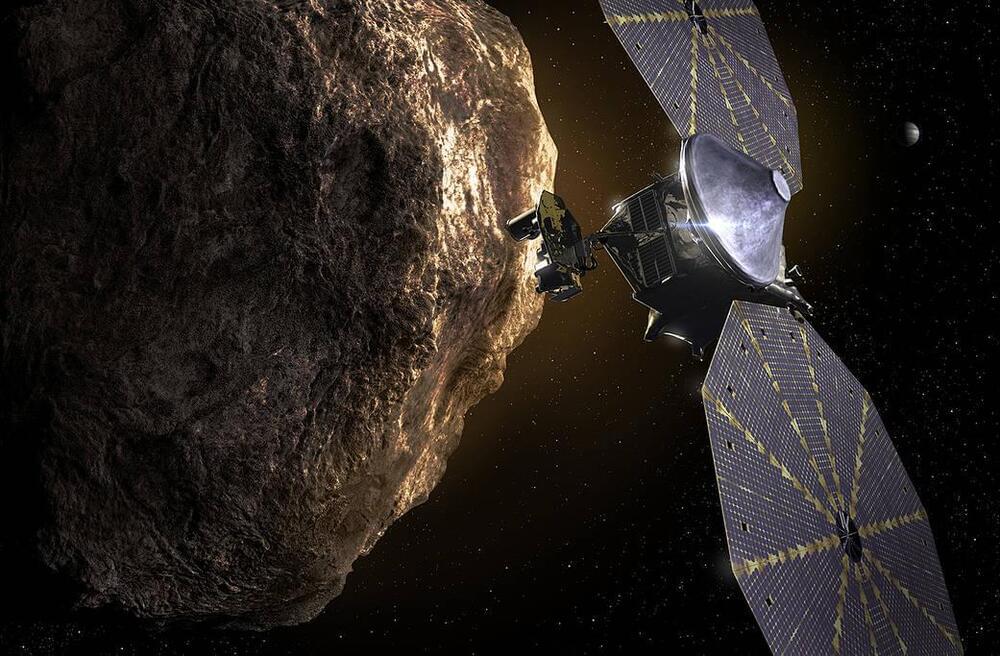😳!!!
“I’ve been banging this AI drum for a decade,” Musk told Business Insider.
Musk’s latest warning is that smart people who assume they could never be fooled by a machine are in effect lowering their guard to any AI trickery coming their way.
“We should be concerned about where AI is going,” Musk told Business Insider. “The people I see being the most wrong about AI are the ones who are very smart, because they can’t imagine that a computer could be way smarter than them. That’s the flaw in their logic. They’re just way dumber than they think they are.”






